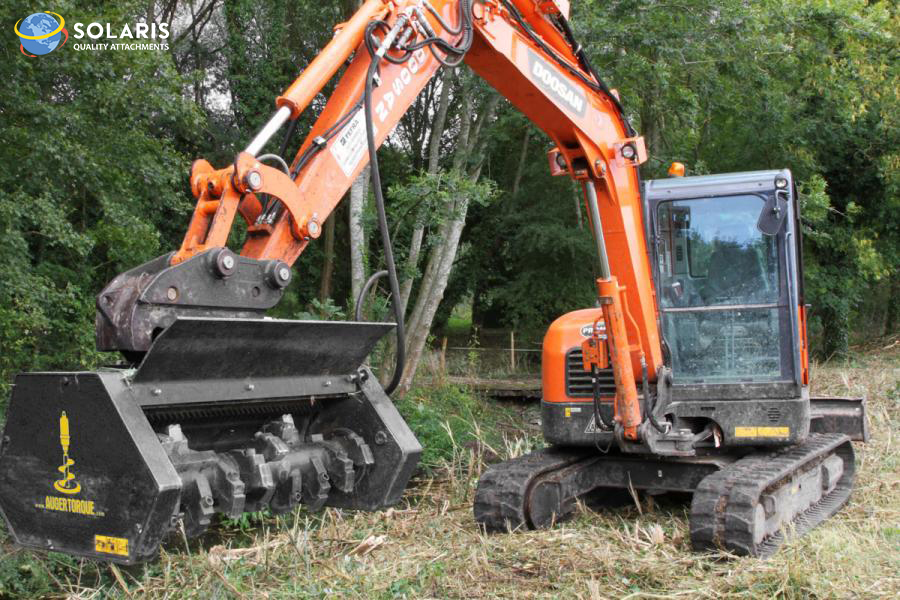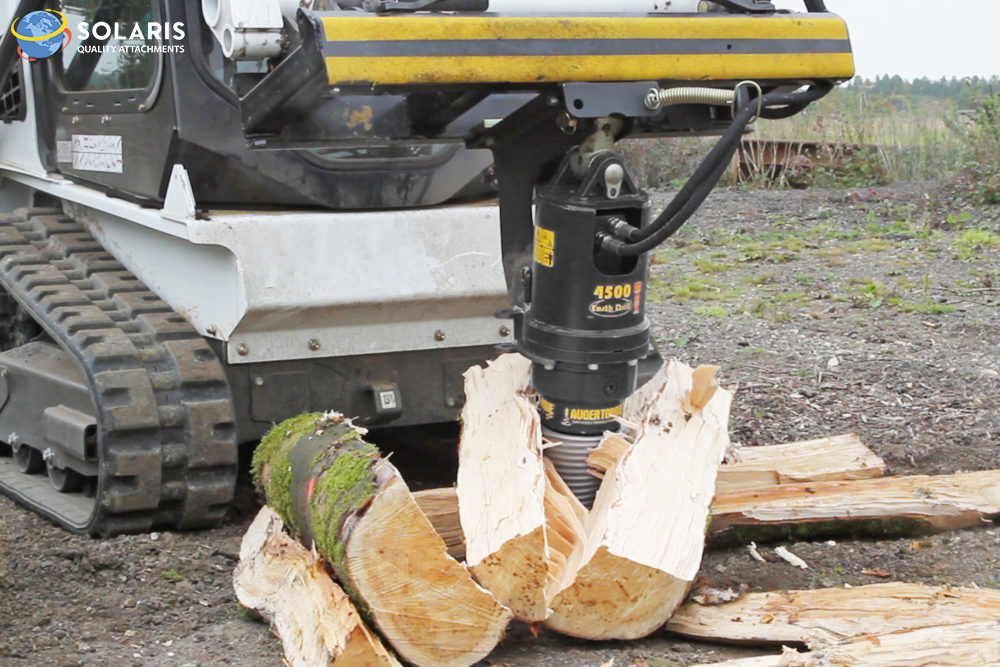In the briefest sense, land clearing involves mowing and clearing brush, cutting or mulching down and often hauling away large trees, digging up rocks, filling in large holes with dirt, smoothing furrows and hills, removing and mulching bushes and small trees, and either burning, grinding, planing or otherwise removing the leftover stumps. There are a variety of reasons for clearing land, the most obvious and destructive of those involving the clearing of vital forests to make way for industrial farming. This article, however, focuses primarily on land clearing with respect to construction and development as well as landscaping.
A contractor, developer or farmer can decide to clear land for many reasons, whether they be for purposes of residential development, for landscaping (e.g. developing a golf course) or environmental reasons. Regardless of which reason, there are some things contractors should know about deciding to clear a plot of land – about the machinery and construction attachments needed, about the amount of construction labor necessary and about the regulations and permit process necessary prior to commencing work.
Each State, County and Municipality will have regulations on what is permitted in land clearing and how to approach it. It is prudent for the general contractor or developer to gain all necessary permits and abide by all codes before approaching the first day of work.
Next, a contractor must develop a plan, which involved a timeline, a budget, a list of heavy equipment, land clearing attachments for that heavy equipment and account for contingencies. Acquiring, hiring and budgeting for skilled labor such as excavator operators, skid steer operators, experienced land clearing or landscaping laborers are involved in creating such plans. Often, a skid steer may tackle thicker trees, stubborn shrubs and tall overgrowth with a drum mulcher, while a mini-excavator or mid-sized excavator may utilize a smaller, disc mulcher to tackle growth beyond the reach of a skid steer. Both excavator and skid steer working in concert can often get the work of an entire fleet completed in a relatively short amount of time, if used by experienced land clearing professionals, tree service or landscaping contractors.
Besides the drum mulcher and disc mulcher, a skid steer and excavator will often use different types of mowers, brush cutters or tree slayers to tackle more complex, hard-to-reach projects. Once trees are mulched, they will leave a stump, which can be ground out with a stump-planer by a skid steer or excavator. For very large stumps, a dedicated stump-grinder may be necessary. Smaller tools will be necessary like hedge trimmers (which can also fit on skid steers and excavators), chain saws, hatchets and other miscellaneous tools.
Some trees will be too large, even for the skid steer mulcher and must be cut into pieces efficiently. Logs can be sold for firewood or other purposes. If it becomes too costly or labor-intensive to haul entire trees away, a combination of log splitters, such as wood screws and hydraulic piston-style splitters may be used to efficiently cut up a tree into evenly cut pieces for bundling and hauling. Wood Screws and piston style log splitters may also be used by skid steers and excavators alike, proving yet again how interchangeable and versatile these attachments can be.



